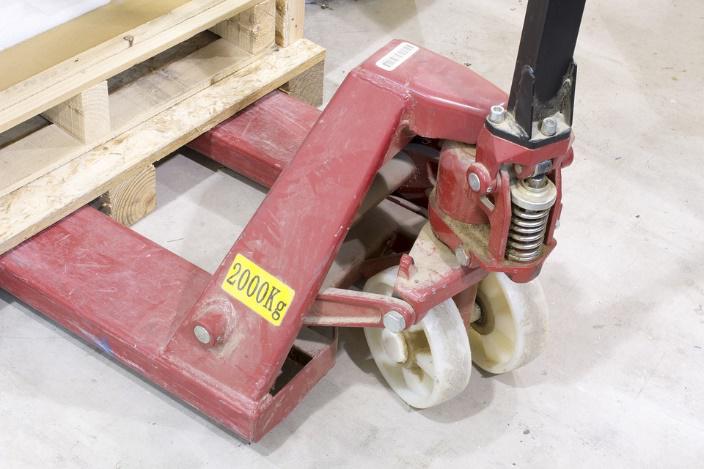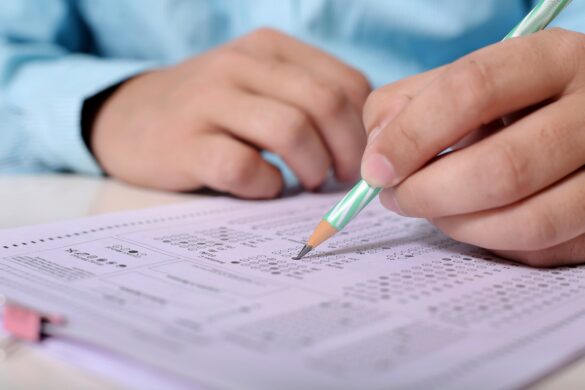
An effective curriculum is the heart of every lesson you deliver in class. From planning and preparing lessons to implementing them, designing an effective curriculum can turn out to be a tedious task. It may require thorough research since it has to be designed to meet the school’s learning objectives and keep it interesting for the students.
The curriculum must be a perfect balance of fun and informative to keep the students interested in the classroom. If you have been looking to plan an effective curriculum, we are here to help! This article will help you learn everything you need to know.
Develop the skills for designing curriculums
According to a poll, only 23% of the schools in the United States have their yearly curriculums mapped out. One of the reasons for this is that teachers need to consider curriculum planning more important. It can also be a very boring job, a necessary evil to some. Despite this, it is important to understand that a curriculum plays a crucial role in classroom learning to be effective, creative, and interactive.
It is false to assume that designing a curriculum is an easy job. The truth is it requires research, creativity, and time. These skills may not come naturally to some, and that’s okay too. But multiple universities in the US offer a curriculum and instruction masters degree to help educators develop the necessary skills. Not only will this program help practicing teachers improve their curriculum development process, but it will also improve communication and management skills.
Collaborate for the best results
What is better than one creative person? Two creative people!
Collaborating with other teachers and planning out lessons with the help of each other is a very smart way of designing curriculums. Collaboration means a bigger pool of ideas as you share classroom experiences, knowledge, and resources to develop a creative and detailed curriculum. With a framework, you can easily tweak and adapt them as you deem fit.
State your learning objectives
Before you start planning your curriculum, know what goals you plan on setting for your students. Make sure that the learning objectives are a perfect balance of challenging and achievable. Changing learning objectives will keep your students on their toes and create a sense of confidence once they know they can achieve the goals set in class. Ensure your students are able to comprehend lessons.
Adapt to the evolving world
The world is constantly changing, and your curriculum needs to change accordingly. For your students to acquire the necessary skills to thrive in the modern workplace, keeping them current is essential. This means integrating knowledge and learning objectives to make students tech-savvy and familiar with in-demand skills. Doing this will make a massive difference in the learning experience of the students and also will keep them invested.
Although theoretical subjects are equally important, if not more, they may not teach a much-needed skill. Hence, by incorporating extracurricular courses, by the time your students leave the classroom, they will have learned a new skill they could use in practical life.
Use research-based strategies
While some students may be enthusiastic go-getters, others may not be. If you notice, they look bored out of their minds. They also need to be keener on actively participating in class discussions. This boredom is mainly because students, especially the younger ones, need interactive and fun lessons to keep them interested. To make your lessons fun, you must look up different and unique teaching strategies.
Research and identify new teaching techniques that appeal to your students and add them to the curriculum. You can use those techniques to keep the students interested in the lessons. The techniques could range from showing an interesting video related to the topic to organizing a group activity in class before you start with the topic.
Research the content you will teach
As a teacher, you should be aware of the resources of the content you would be teaching in the classroom. You can look up various books and activities that you could use to enhance the learning experience for your students. You could use fact sheets, PowerPoint presentations with pictures, and flashcards. Not only does this have the power to turn a boring lesson into an exciting one, but it also tends to appeal to the students. Engaging lessons also ensure students retain more information easily.
Use premade lessons
While researching and setting your own goals according to the learning objectives for students is a go-to option for many teachers, it may be very time-consuming. If you need more time, you can always use premade lessons. Not only will you lesson plan templates but also lesson plans, especially for making learning fun in the classroom. Premade lessons are hands down one of the best ways of developing a curriculum while saving yourself from the trouble of planning everything from scratch.
Conclusion
The classroom experience should be fun for both you and your students. Integrate fun activities in your curriculum by changing things. Doing things differently than before can be a whole other experience for your students. They are also more likely to pay attention and actively participate in classroom discussions. Ensure you leave behind the traditional classroom curriculum and adapt to modern approaches. Be unique!









